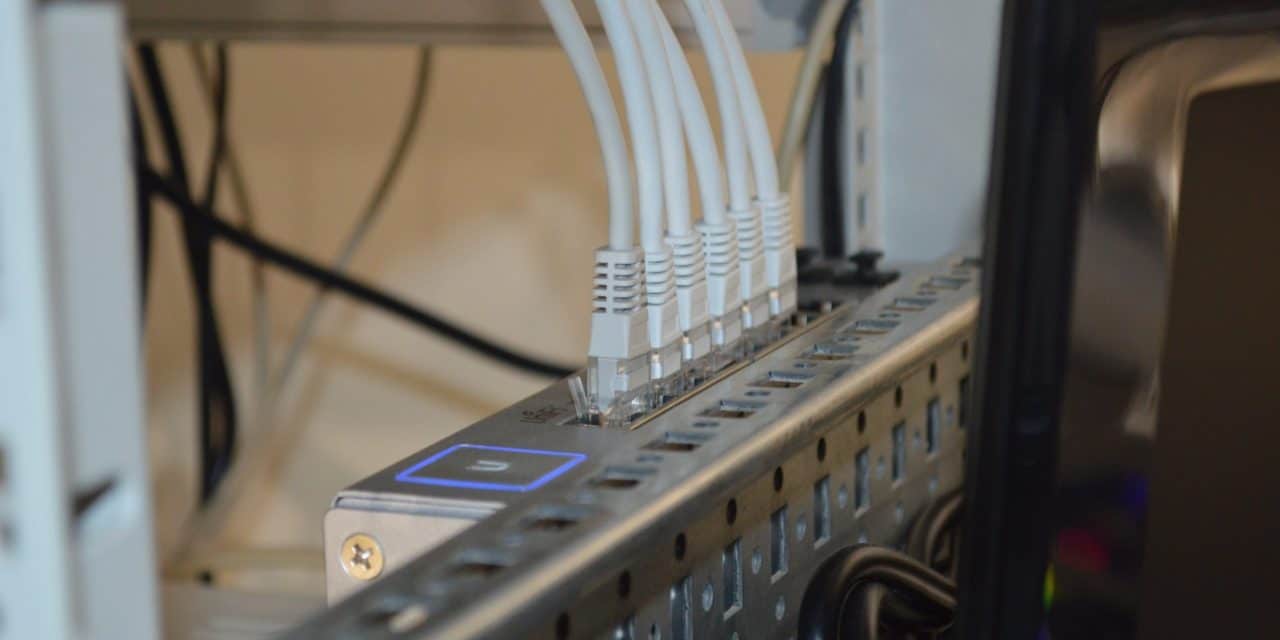[ad_1]
If you have decided to purchase or already have purchased a surveillance system, then you have probably gone with either a wired or wireless solution. If you choose the wireless route; then this will help explain some of the various wireless frequencies used by security cameras and what their pros and cons can be.
First of all wireless security cameras in general are subject to the possibility of interference from many different sources and it is important to know particular examples for each frequency so you don't end up with a fuzzy surveillance picture.
2.4Ghz and 5.8Ghz Frequencies
These frequencies at one time were the most popular choice for wireless security cameras and still are in some areas. The biggest downfalls to these frequencies however are their prevalent use in a large array of other devices such as cordless home phones. This makes it very easy for a camera to be interfered with when using this frequency. A very popular 2.4Ghz solution used to be found in the Securityman Mini-Airwatch system before interference became more and more of a problem. Furthermore the 5.8Ghz frequencies do provide a bit more bandwidth for wireless signals to use allowing for better transmission and reception than the standard 2.4ghz frequency.
900Mhz Frequency
This frequency was used as an alternative to the 2.4GHz and 5.8Ghz frequencies when it was found that people were having problems keeping their wireless cameras interference free. This frequency however is now having conflicting issues with some cellular towers and service zones in certain areas. This makes it so wireless cameras with this frequency can't be used or sold in various regions.
1.2Ghz Frequency
This frequency once was rather popular in the surveillance industry as it offered a longer wave length which enabled it to go around objects better than 2.4Ghz frequencies could. Recently however this frequency has been adopted as a government and law enforcement frequency. Therefore this frequency of wireless cameras is no longer available or allowed to be used by the general public.
IP / Wifi Cameras
IP and wifi enabled security cameras are also a viable solution when it comes to wireless cameras, and it is much less susceptible to interference. The main problem with this solution in wireless cameras is the need to have an already established wireless network; otherwise this could be a very agreeable choice. Furthermore this option tends to be quite more expensive than getting one of the frequency choices listed above.
Ultimately each choice has its downfalls and upsides, and it is in the best interest of the consumer to consider each option before picking a frequency that could have problems working in their application. Consulting a surveillance professional as to whether or not interference will be an issue is also advisable.
[ad_2]
Source by Christian M Gillman

